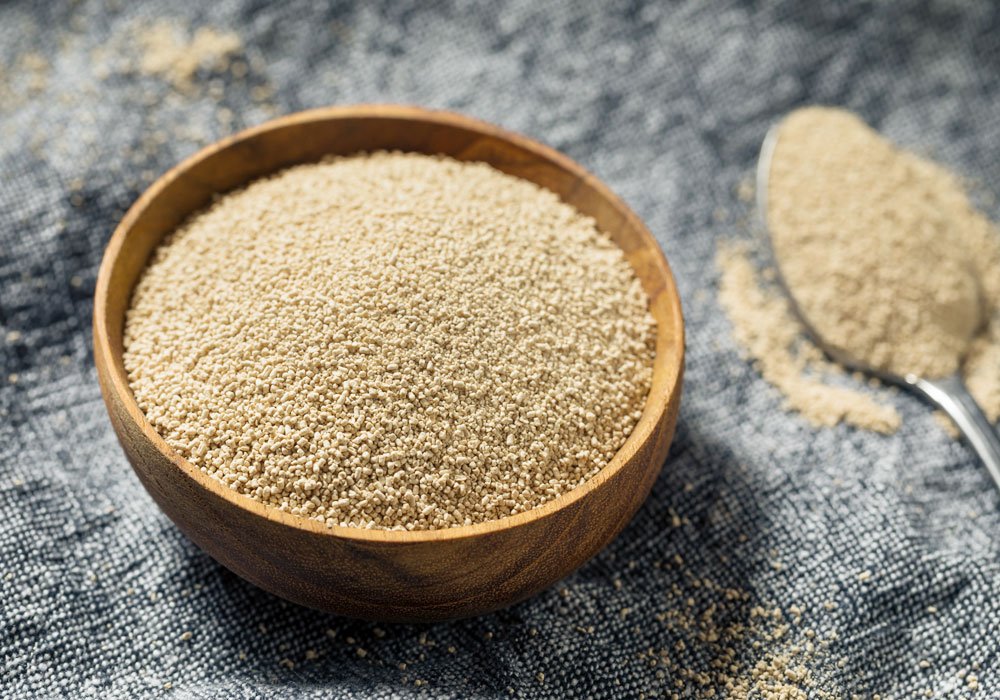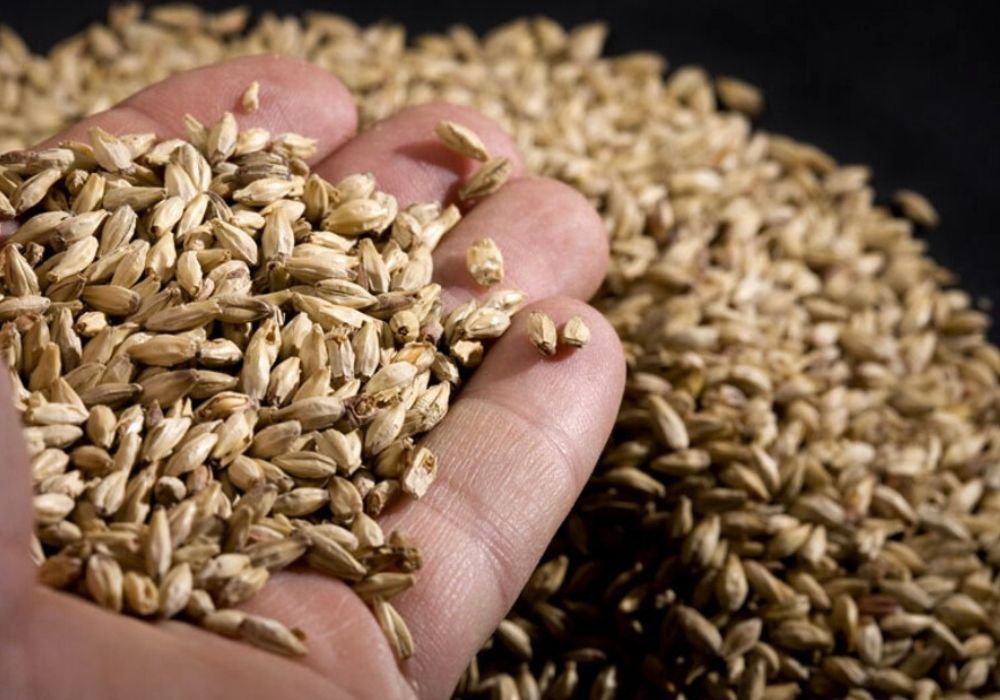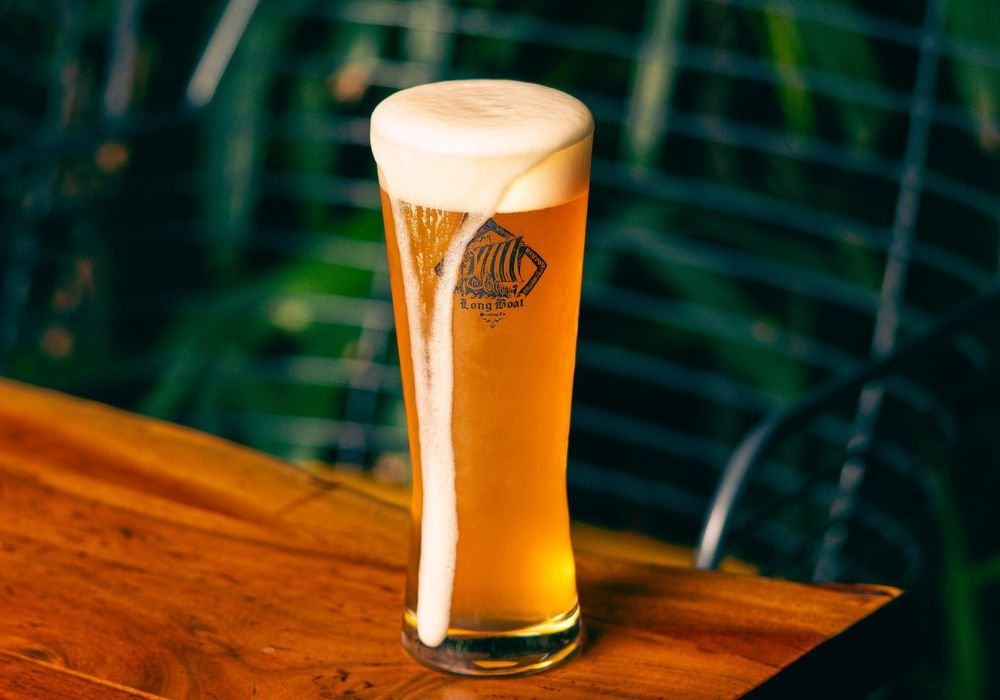How To Choose The Right Yeast For Your Beer

Choosing the right yeast strain for your style of beer is never an easy task. There are certain performance indicators which need to be considered. Words such as attenuation, flocculation, fermentation temperature, alcohol tolerance and sensory profile have a special meaning to the brewers. In this article, we emphasize on these terms to give you better understanding on how to choose the right yeast for your beer.
Attenuation
We all know that yeast consumes the sugar in wort and converts it into alcohol, CO2 and other fermentation derived by-products. Attenuation is the percentage of sugars consumed by the yeast. Besides gravity, brewers often check the degree of attenuation to know when the fermentation is complete.
Most of the yeast manufacturers list attenuation range for every strain. Attenuation ranges somewhere between 65-80%. High attenuation produces dry beers. It comes in handy while choosing the right yeast strain for a specific beer style.
Flocculation
After fermentation, yeast cells die, clump together and then fall down to the bottom of the fermenting vessel. This process is known as flocculation. Yeast flocculation is classified as high, medium or low.
Lager yeast are predominantly medium flocculators. Whereas, Ale yeast strains fall in all of these categories. For instance, English Ale is a high flocculating yeast, American Ales are mostly medium flocculators and German Hefeweizen yeast strain is an example of a low flocculator.
Low flocculating yeasts tend to be cloudy as yeast remain in suspension. For most brewers, flocculation is a desirable and crucial characteristic that is unique to a yeast strain.

Fermentation Temperature
Majority of the yeast strains are sensitive to temperature and have a specific range or an ideal range of temperatures where they can ferment. Fermenting beyond the recommended temperature range would produce flavor compounds which are highly undesirable in a finished beer.
American and English Ale yeast ferment slightly warmer and can range anywhere between 18°C-22°C. Belgian yeast strains like Saison, like it really warm and can go up to 35°C. Kveik, A Norwegian farmhouse yeast strain, ferments at temperatures up to 40°C under 48 hours. Lager yeast, on the other hand, typically ranges in between 9°C-13°C and ferments much colder than ale yeast.
Alcohol Tolerance
Alcohol tolerance is a crucial factor to the yeast fermentation. Yeast can only ferment on sugars as long as the alcohol content in beer does not rise up above its tolerance.
Majority of the yeast strains can ferment up to 5% ABV or maybe a little more depending on the conditions. However, there are a few yeast strains which ferment and produce beyond 16% ABV. Yeast health plays an important role along with the fermentation temperatures.
Sensory Profile
Understanding the sensory profile of a beer comes in very handy to choose the right yeast strain. After the yeast has finished fermentation, besides alcohol and CO2, beer is left with fermentation derived compounds which add aroma and flavour to it. Sensory profile is a key driver in choosing the right yeast. Alcohol, esters and phenols contribute to the flavour and aroma.
Lager yeasts tend to be neutral where fermentation by-products are minimal. Longer conditioning time for lagers also helps yeast to clean up after fermentation. Ale yeasts are quite contrasting and are much more fruitier.
Belgian Ale yeasts produce pepper/clove like phenols and apple/pear like esters. German Hefeweizen yeast lends in banana, bubblegum and clove-like flavours.
As a rule of thumb, it is always important to read the descriptors on the label to get more insights on pitching rate, yeast attenuation, recommended fermentation temperature and alcohol tolerance before brewing your favourite style.
To know more on the role of yeast in brewing beer, read this.



